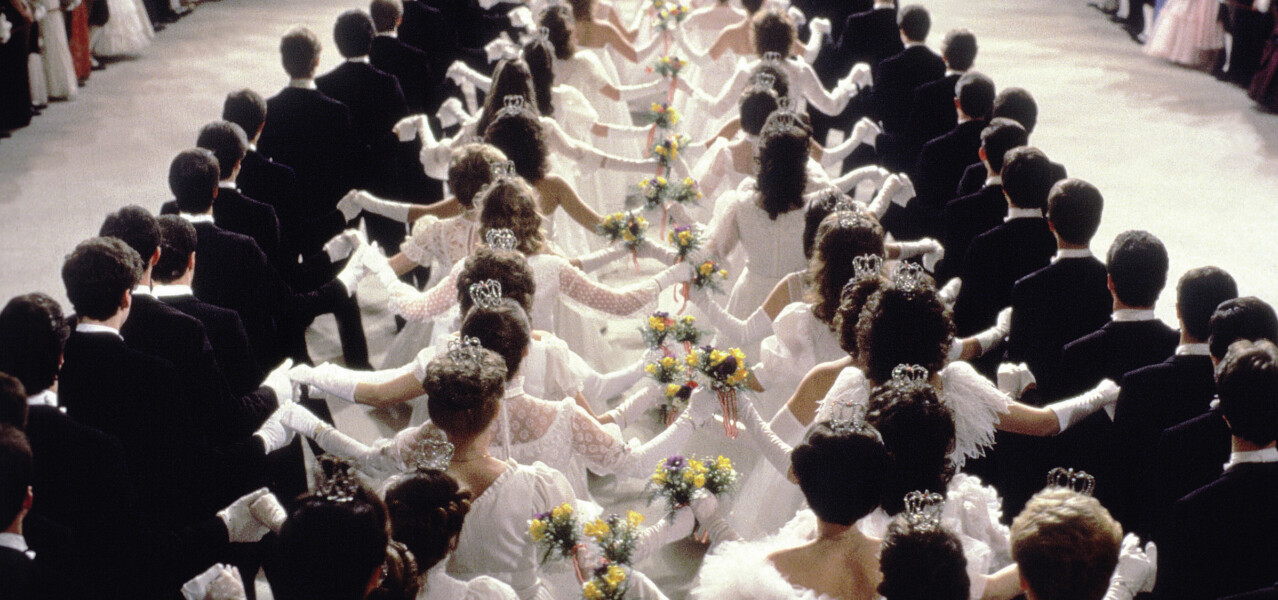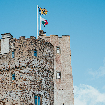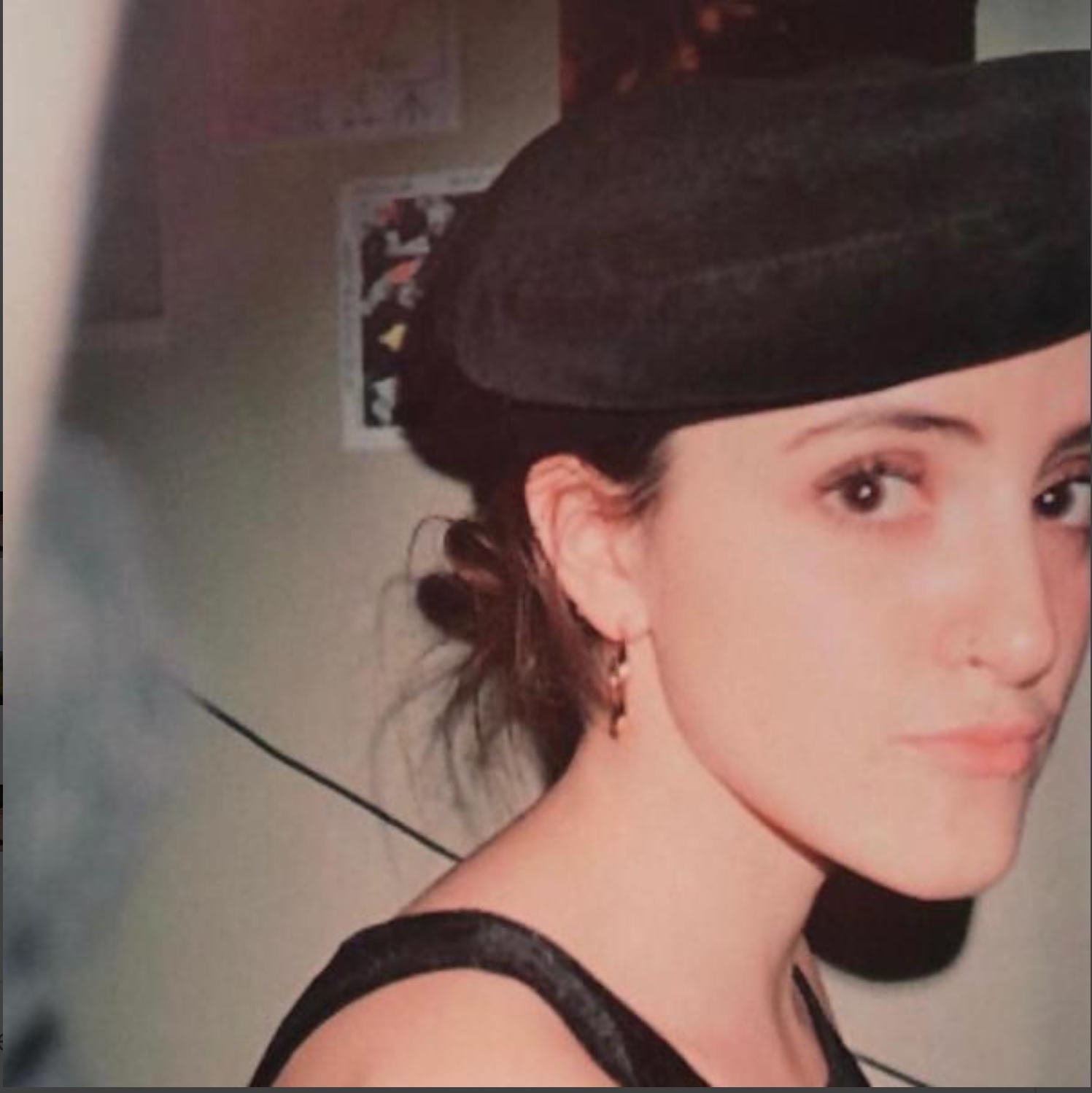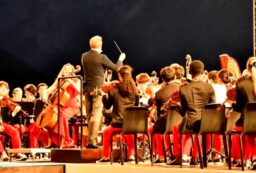
By Ruby Conway
“Dancing can reveal all the mystery that music conceals” said Mikhail Baryshnikov. The romp of debutantes and dancing that is the world-renowned Vienna Opera Ball is the key to unlocking the mysterious phenomenon of opera. At this prestigious night of the dance in a red-carpeted pleasure palace, romancing belles and beaus waltz in a spectacle of splendour in the antiquity of the Austrian capital. Think Gossip-Girl meets Princess Diaries meets Pride and Prejudice, accompanied by a score of the finest classical music.

The ball takes place in the grand Vienna State Opera House on the Thursday preceding Ash Wednesday – it is the finale of the Viennese carnival season – the pinnacle of the winter months. On this unique night, the auditorium is transformed into a ballroom and bedecked with 5500 glittering guests from 8pm to 5am, from socialites to politicians (including the Austrian President of State) and international celebrities.
"At this prestigious night of the dance in a red-carpeted pleasure palace, romancing belles and beaus waltz in a spectacle of splendour in the antiquity of the Austrian capital."
Viennese opera balls are a pivotal part of Austria’s bourgeois and imperial cultural heritage, dating all the way back to the 17th century. It was in 1814 that the Opernball began as a respectable soiree of pleasure-seeking European royals and aristocrats. Gradually, it evolved into a redoute ball, with ladies adorning mysterious masks until midnight, accompanied by music and dancing. The first so-called Opera Ball commenced in 1935, adjourned for a time during world war II, and since held annually. Attended by Viennese high society and the political elite, it is the jewel of the socialite calendar. What sets it apart from other prestigious European opera festivals, is it’s iconic debutante parade.

The Opernball is nothing without its evocative dances. During the iconic opening ceremony, 180 debutante couples bedazzle the other ball-goers with their superlative waltzing skills, donned in either white gowns or tailcoats. They make their entrance to Carl Michael Ziehrer’s Fächerpolonaise, pirouetting and prancing to its classical strains. The spectacle is closed with a final dance, accompanied by the notes of Johann Strauss II’s Blue Danube Viennese Waltz. The master of the ceremony declares “Alles Walzer!” and courtly dances henceforth commiserate for all guests. Swirling dancers deck the dance-floor, a cloud of 5000 opulent guests twirling into the night. Expect exquisite ballet performances, regal routines, sopranos and the glorious Vienna Philharmonic orchestra to add charm to your evening.
"Swirling dancers deck the dance-floor, a cloud of 5000 opulent guests twirling into the night."
Evening dress is de riguer for the ball. Floor-length evening gowns for women; tuxedos and tailcoats for men. As for the debutantes, the ladies are sparkling princess cut-outs, their beauty embellished in opulent white ball gowns, pearly white elbow-length gloves. The crux is a twinkling tiara hair piece bejewelling their sartorial elegance. A renowned international designer creates these dazzling tiaras; in the past Christian Lacroiz, Donatella Versace and Dolce & Gabbana have been known to fashion the jewellery statements. Meanwhile, debutante men don crisp black tailcoats, white waistcoats, white gloves and a gleaming bow tie. Coupled together, the debutantes are a regal delight to behold. If seams rip, buttons go astray or ballet buns come loose from too much dancing (if there can ever be too much), there is a handy on-site tailor and hairdresser at the rescue.

While the ball has been critiqued for its anachronistic customs, in 2020, the first same-sex couple were presented as debutante and escort. Although still attending to binary dress codes, the couple surely mark progress for the Opernball, paving the way for a more progressive future.
This magical occasion is a true wonder to behold. From the dresses to the dancing to the decadent architecture, the night will melt away with classical cadences. Transported back in time, experience Imperial Austria as it was in times of yore.
















